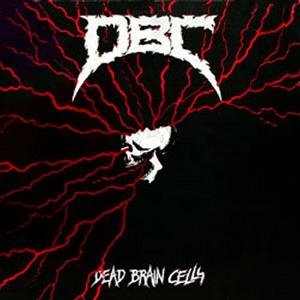
The Canadian province of Québec seems to be situated upon some geographically freakish turf that exudes such a phenomenal electromagnetism as to twist and convolute whatever waveforms happen to waft into its borders. Psuedoscientific petrology aside, Dead Brain Cells are one such Canadian faction that reinterpreted the equatorial American sounds of skatethrash and reassembled its raw energy into a hyperborean bizzarerie, with an ambition in expressing the absurd crises symptomatic of a classically Huxleyan, oblivious society lured into the grip of an Orwellian tyranny by the mesmeric attractions of self-pleasure.
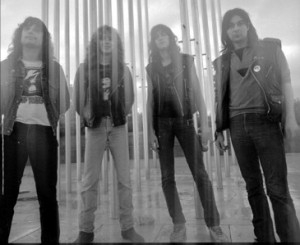 Taking aesthetic inspiration from the cruelly intelligent, modern firearms cacophony of Slayer’s ‘Chemical Warfare’ but fashioning riffs over the roguish, bursting structures typified by crossover acts Suicidal Tendencies and Corrosion of Conformity, Dead Brain Cells had paradoxically succeeded in applying scientific methods to truculent vandalism. Vocals, in compliment to the factorial churn and tumble of the instruments, are delivered in a robotic rant like the outcries of a citizen-turned-automaton denigrated by a lifetime of vacuous routine; lyrics are remarkably coherent and incisive considering the band’s Québécois nationality, of course with the mother tongue of French being a perennial obstacle for all aspiring Hessians allied under the fleur-de-lis. However, it is clear from DBC’s rather involved compositional style that their telos was not merely in writing protest music, but in establishing engaging, punkishly dynamic narratives such that every song is represented as its own vignette of dystopia — a sensibility that would be incorporated into the region’s burgeoning death metal movement, with vestiges apparent in such seminal works as Considered Dead and From This Day Forward.
Taking aesthetic inspiration from the cruelly intelligent, modern firearms cacophony of Slayer’s ‘Chemical Warfare’ but fashioning riffs over the roguish, bursting structures typified by crossover acts Suicidal Tendencies and Corrosion of Conformity, Dead Brain Cells had paradoxically succeeded in applying scientific methods to truculent vandalism. Vocals, in compliment to the factorial churn and tumble of the instruments, are delivered in a robotic rant like the outcries of a citizen-turned-automaton denigrated by a lifetime of vacuous routine; lyrics are remarkably coherent and incisive considering the band’s Québécois nationality, of course with the mother tongue of French being a perennial obstacle for all aspiring Hessians allied under the fleur-de-lis. However, it is clear from DBC’s rather involved compositional style that their telos was not merely in writing protest music, but in establishing engaging, punkishly dynamic narratives such that every song is represented as its own vignette of dystopia — a sensibility that would be incorporated into the region’s burgeoning death metal movement, with vestiges apparent in such seminal works as Considered Dead and From This Day Forward.
This eponymous debut remains one of the exceptional examples of quality crossover thrash from outside of the U.S.A. and England; it’s also required listening for any avid scholars of Canadian death metal, in order to better understand the music’s gestation from heavy, quirky progressive rock to complex and sublimely dissonant killing noise.
-Thanatotron-
A planet defaced with death and decay
An atmosphere of hate
Cities destroyed
Their meanings forgotten
And fertile lands lay waste
A planet once prosperous
Its future looked bright
But an immature race had evolved
Given time and the knowledge
They soon could destroy
The planet on which they revolved
Not one life would be spared
It wouldn’t happen again
Because there is no second chance
Tags: Crossover, dbc, dead brain cells, review, Science, Speed Metal, Thrash

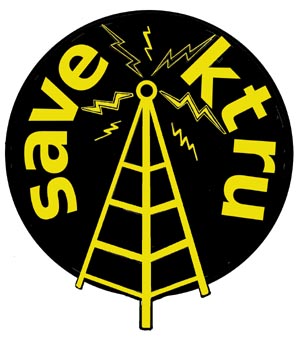
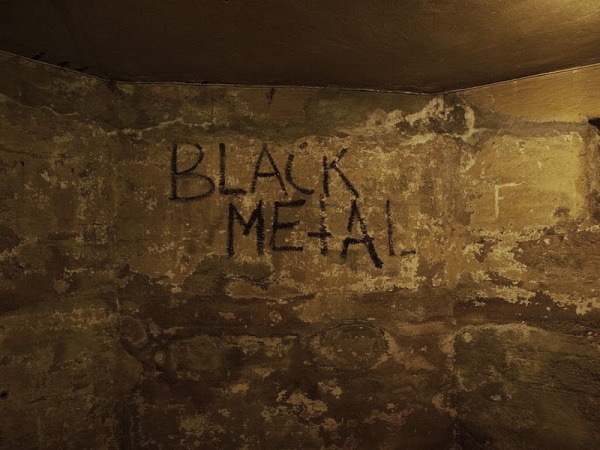
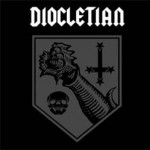
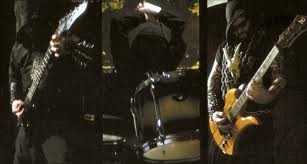 Structurally, the songs of Diocletian adhere to the musical formulas that define
Structurally, the songs of Diocletian adhere to the musical formulas that define 


